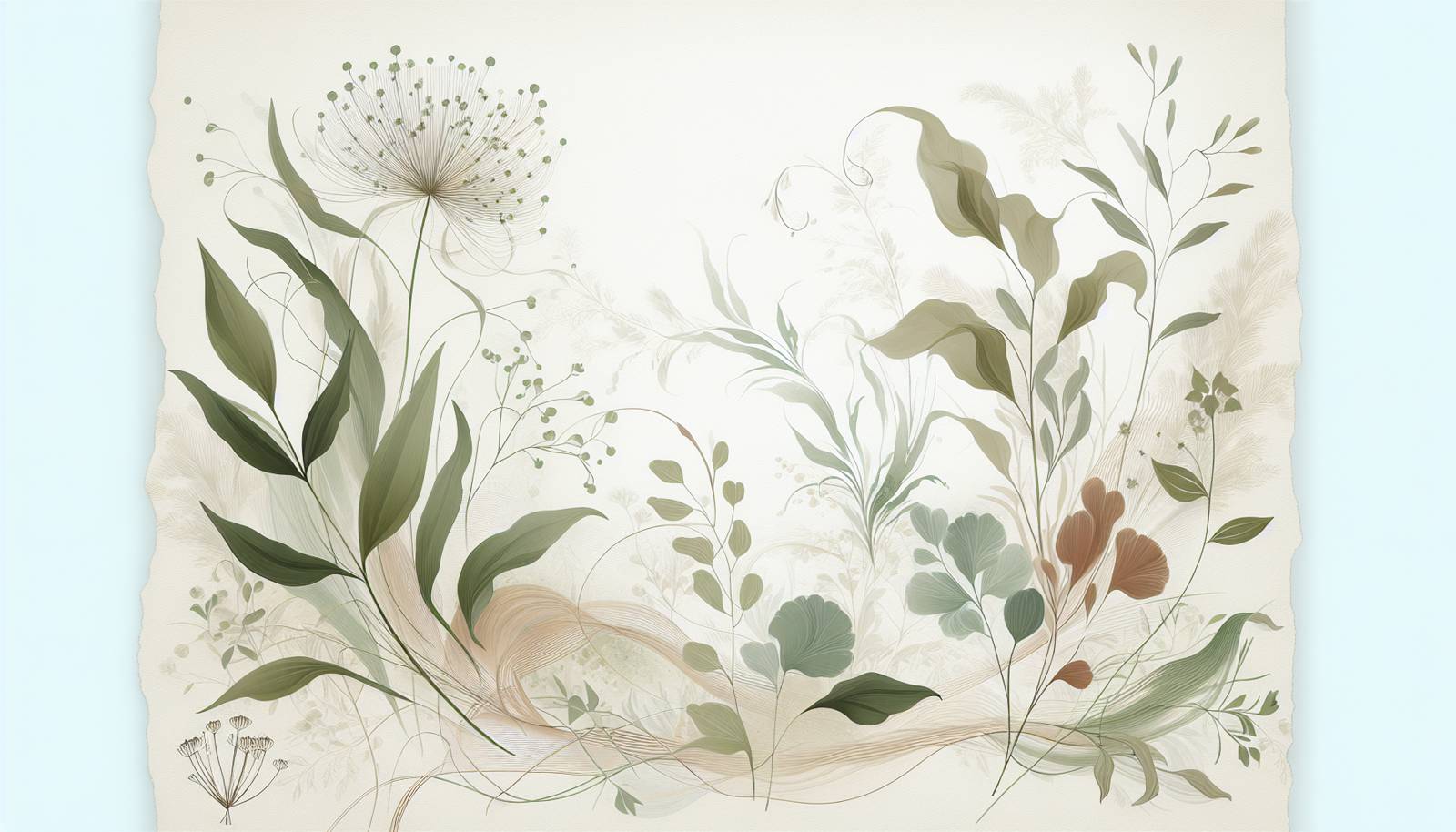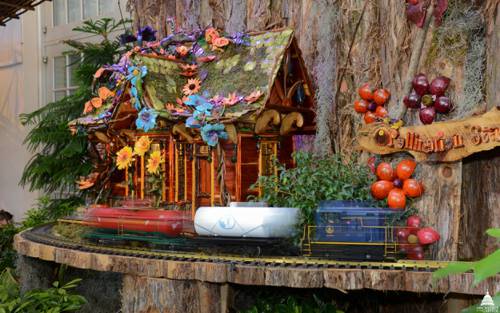
FAQ About Indoor Plant Pollination Assistance

What is indoor plant pollination?
Indoor plant pollination is the process of transferring pollen from the male parts of a flower to the female parts within the same plant or another plant. This process is essential for the fertilization and subsequent production of seeds and fruits. In a natural outdoor environment, this is often accomplished by wind, insects, or other animals, but indoor plants may require manual pollination assistance to set fruit or seed properly.

Why do some indoor plants need manual pollination?
In indoor environments, the natural agents like wind and pollinators such as bees and butterflies may not be present to carry out pollination. Many indoor plants, especially those that produce fruit such as tomatoes, peppers, or strawberries, rely on pollinators in nature. To achieve fertilization and fruit production indoors, humans often need to intervene manually to transfer pollen from one flower to another.

What tools can be used for manual pollination?
Various simple tools can be used to assist with manual pollination indoors. Common tools include a small paintbrush, cotton swab, or even a toothpick. These tools can gently transfer pollen from the stamen (the male part of the flower) to the pistil (the female part of the flower). Additionally, electric toothbrushes can be used to simulate the vibration of bees, helping to release pollen in certain plants.

How can I tell if a flower is ready to be pollinated?
To determine if a flower is ready to be pollinated, look for a fully open bloom with visible pollen on the stamens. The stamens should be bright and fluffy, while the pistil may be slightly sticky to the touch. The timing can vary depending on the plant species, so it's beneficial to familiarize yourself with the specific flowering cycle of your plant.

Can all indoor plants be pollinated manually?
Not all indoor plants require or can benefit from manual pollination. Some plants, such as self-fertilizing varieties, do not need manual intervention. However, many flowering and fruit-bearing plants can benefit from manual pollination, particularly those that depend on specific pollinators not typically present indoors.

How often should indoor plants be pollinated?
The frequency of pollination depends on the type of plant and its flowering cycle. Generally, pollination should occur each time new flowers open up and are receptive to pollen transfer. Some plants may only flower for a short period, so regular observation is important to identify the optimal time for pollination.

What are the benefits of manually pollinating indoor plants?
Manual pollination of indoor plants can lead to increased fruit and seed production, particularly for fruit-bearing plants. It ensures that flowers are fertilized and allows gardeners to propagate desirable traits by selectively pollinating certain flowers. Additionally, it can help maintain plant health and vitality by ensuring successful reproduction.

Are there any risks involved with manual pollination?
While manual pollination is generally safe, it requires careful handling of the flowers to avoid damage. Over-vigorous handling may harm the delicate structures of the flower. It's essential to use gentle tools and light pressure during the pollination process to prevent tearing or bruising the petals or reproductive parts.

How do I know if manual pollination was successful?
Successful manual pollination can often be identified by changes in the flower and subsequent growth. The flower may begin to wilt as fertilization progresses, leading to ovary swelling if the pollination was successful. Over time, this results in the development of fruit or seed where the flower once was. Regular monitoring of these changes will help confirm successful pollination.

What are some common indoor plants that require manual pollination?
Common indoor plants that may require manual pollination include tomatoes, peppers, squash, cucumbers, and certain varieties of citrus trees. Many flowering houseplants, such as orchids and African violets, also benefit from careful manual pollination to produce seeds or encourage blooming.

Can I use my fingers for pollinating indoor plants?
Yes, you can use your fingers to manually pollinate some indoor plants if they are not overly delicate. Ensure your hands are clean to avoid contaminating the flower or damaging its structures. Gently tapping or rubbing the flower's anthers with your fingertips can sometimes transfer enough pollen to pollinate the flower.

Is there an ideal time of day to pollinate indoor plants?
The best time of day to pollinate indoor plants is typically in the morning when humidity is lower and flowers are freshest. In the morning, flowers are often fully open and the pollen is less likely to clump, making it easier to transfer. However, always check your specific plant's behavior as some may have different optimal pollination times.

What are some signs that a plant is not successfully pollinated?
If a plant is not successfully pollinated, the flowers may drop off prematurely without forming fruit or seeds. Other signs of unsuccessful pollination include poorly developed fruit or aborted seeds. Regularly monitoring the plant's development after pollination can help identify these issues early.

How can I store pollen for manual pollination?
Pollen can be stored for later use in manual pollination by collecting it carefully and keeping it in a dry, cool place. Some gardeners use small containers or envelopes to store pollen in the refrigerator. It's crucial to keep pollen dry during storage to prevent clumping and ensure its viability when needed.

Can artificial lighting affect indoor pollination?
Artificial lighting can affect indoor pollination, especially for plants requiring specific light conditions to flower. Ensure your plants receive appropriate lighting that mimics their natural environment. Full-spectrum LED lights can be beneficial for promoting healthy flowering, which in turn supports successful pollination.

Why might a fruit-bearing indoor plant not produce fruit even after pollination?
Fruit-bearing indoor plants might not produce fruit after pollination due to several factors such as inadequate environmental conditions (light, temperature, humidity), poor soil nutrition, or incorrect pollination techniques. Ensure your plant's needs are met in terms of proper care and check if the pollination technique used is suitable for the specific type of plant.

Do indoor flowering plants need different pollination techniques than fruiting plants?
Indoor flowering and fruiting plants might require different manual pollination techniques based on their structure and pollination requirements. While the basic process of transferring pollen is the same, the method may need adjustments, such as the type of tool used or the specific timing based on the plant species.

How does humidity affect manual pollination of indoor plants?
Humidity can significantly impact manual pollination. High humidity might cause pollen to clump together, making it difficult to transfer, while low humidity can render pollen too dry and less effective. It's crucial to maintain a balanced indoor humidity level to support successful manual pollination efforts.

Can cross-pollination occur indoors with manual pollination?
Yes, cross-pollination can occur indoors with manual pollination if pollen from one plant species is introduced to another compatible species. This can be intentional, to breed new plant varieties, or accidental, which may result in hybrid plants. Gardeners should be mindful of the pollen sources they are using if they wish to avoid cross-pollination.

What are some best practices for manual pollination of indoor plants?
Best practices for manual pollination of indoor plants include selecting the right tools (like small brushes or cotton swabs), working with flowers during ideal conditions (such as morning), and being gentle to avoid damaging flower parts. Consistent monitoring and learning about each plant's specific needs can also enhance the effectiveness of manual pollination.
